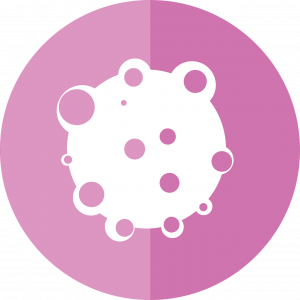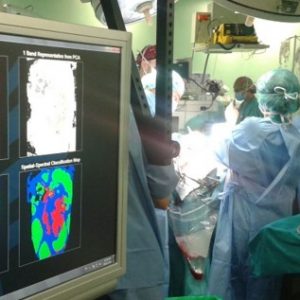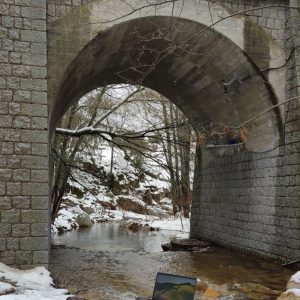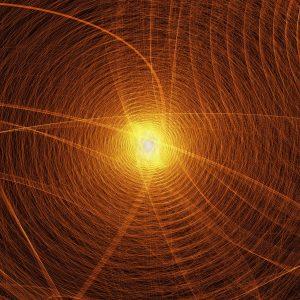Brief description of the technology solution and the added value it provides
The increasing density of Space Debris in the Low Earth Orbit region poses a serious hazard to the secure and profitable exploitation of space. Even if mitigation measures are promptly adopted, the need to perform occasional active Collision Avoidance maneuvers will remain for the foreseeable future. Having a great potential impact on the operation and safety of both manned and unmanned missions, an optimized design of this maneuvers is of paramount importance. OCCAM (Optimal Computation of Collision Avoidance Maneuvers) is a software tool developed by the Space Dynamics Group for the fast and reliable computation of minimum-fuel Collision Avoidance maneuvers. Powered by lightning-fast algorithms and packed with a complete set of configuration parameters and a graphical user interface, it can be used as a standalone tool or in combination with wider satellite operation planning frameworks.
Description of the technological base
OCCAM (Optimal Computation of Collision Avoidance Maneuvers) is a software tool aimed at computing minimum-fuel collision avoidance maneuvers in the most general low earth orbit (LEO) scenario. Developed by the Space Dynamics Group of the Technical University of Madrid, it incorporates advanced modeling and optimization techniques to make it an extremely fast and robust design tool. A high level of design flexibility is also achieved through an extensive set of input an output parameters. Its user-friendly graphical interface and intuitive design logic make it really straightforward to learn even for non-experts, and it can be used either as a standalone tool or in conjunction with other satellite operation planning frameworks.
“In an increasingly complex operational scenario, OCCAM does what other collision avoidance planning tools do but in a fraction of their computation time”
Market demands
- The Low Earth Orbit (LEO) is the most densely populated region around Earth, but only about 10% of the present objects are able to maneuver. It contains a increasing amount of Space Debris, hampering the normal operation of satellites and causing safety risks.
- Currently there are more than 15000 trackable objects (greater than 10 cm) in LEO. Even if end-of-life disposal strategies are imposed for new launches, this number will increase due to existing objects fragmentation.
- Active Debris Removal and Just-in-time Collision Avoidance strategies are being proposed to deal with existing Debris, but no one has been implemented jet.
- Active Collision Avoidance is therefore a necessity, and it will remain so for the foreseeable future.
- The number of CA maneuvers per year has experienced a steep increase, reaching 9 in 2011.
- The uncertainty of the data about the potential conjunction is a mayor limitation in the design of a CA maneuver, or even to decide if said maneuver is necessary at all.
- Space and Governmental Agencies are making notable efforts to improve the accuracy of their predictions. ESA introduced its CA service in 2004. The German Space Operation Center is working on its own infrastructure. Since 2010, the data from the Space Debris catalogue by the US Strategy Command was complemented with the Conjunction Summary Messages issued to satellite operators by the Joint Space Operations Center [ESA, NASA, GSOC].
Competitive advantages
- The analytical algorithms implemented in OCCAM allow for very fast computation of Collision Avoidance maneuvers. This enables satellite operators to perform more detailed studies of the possible strategies, such as combining the CA maneuver with scheduled station keeping operations or delaying it until more precise data confirms whether it is necessary at all.
- Its graphical user interface makes it easy to learn and use, while retaining a high design flexibility.
It can be used in conjunction with other design tools. Its integration into already deployed satellite operation frameworks can be studied on a per-client basis.
Development stage
- Concept
- Research
- Lab prototype
- Industrial prototype
- Production
Contact
Contacto OCCAM
Claudio Bombardelli, Javier Hernando, Juan Luis Gonzalo
e:
w: http://sdg.aero.upm.es/index.php/online-apps/occam-lite
Contacto UPM
Área de Innovación, Comercialización y Creación de Empresas
Centro de Apoyo a la Innovación Tecnológica – UPM
e:














